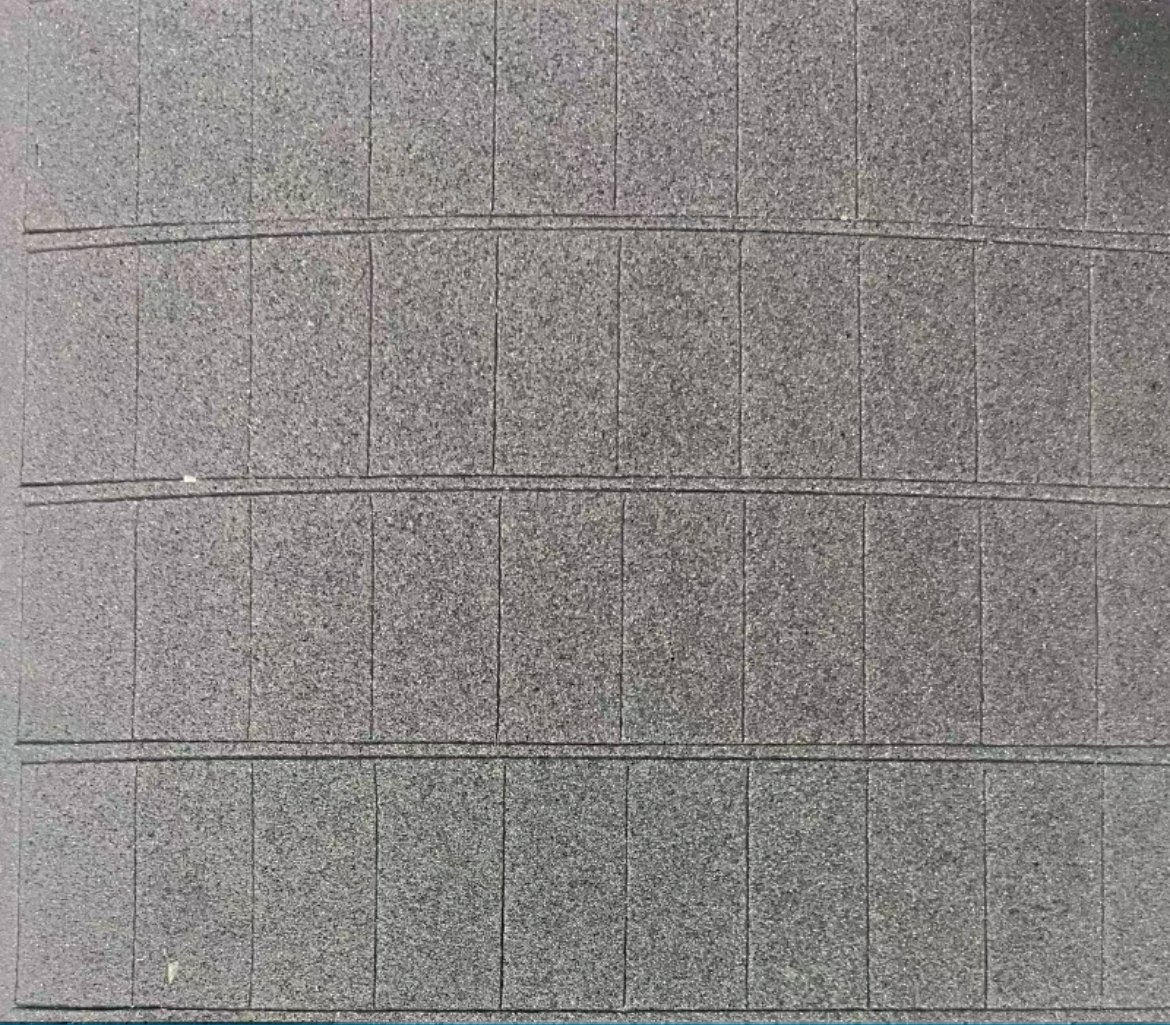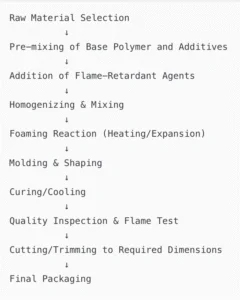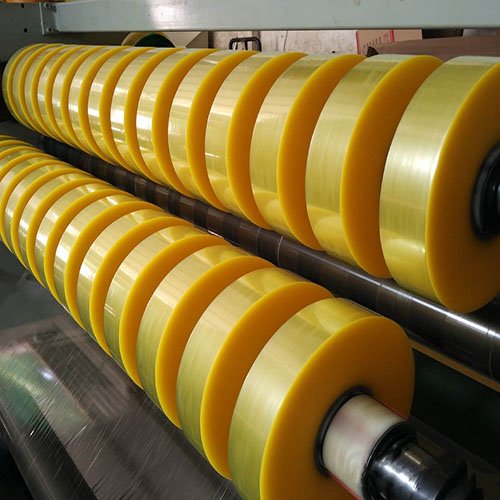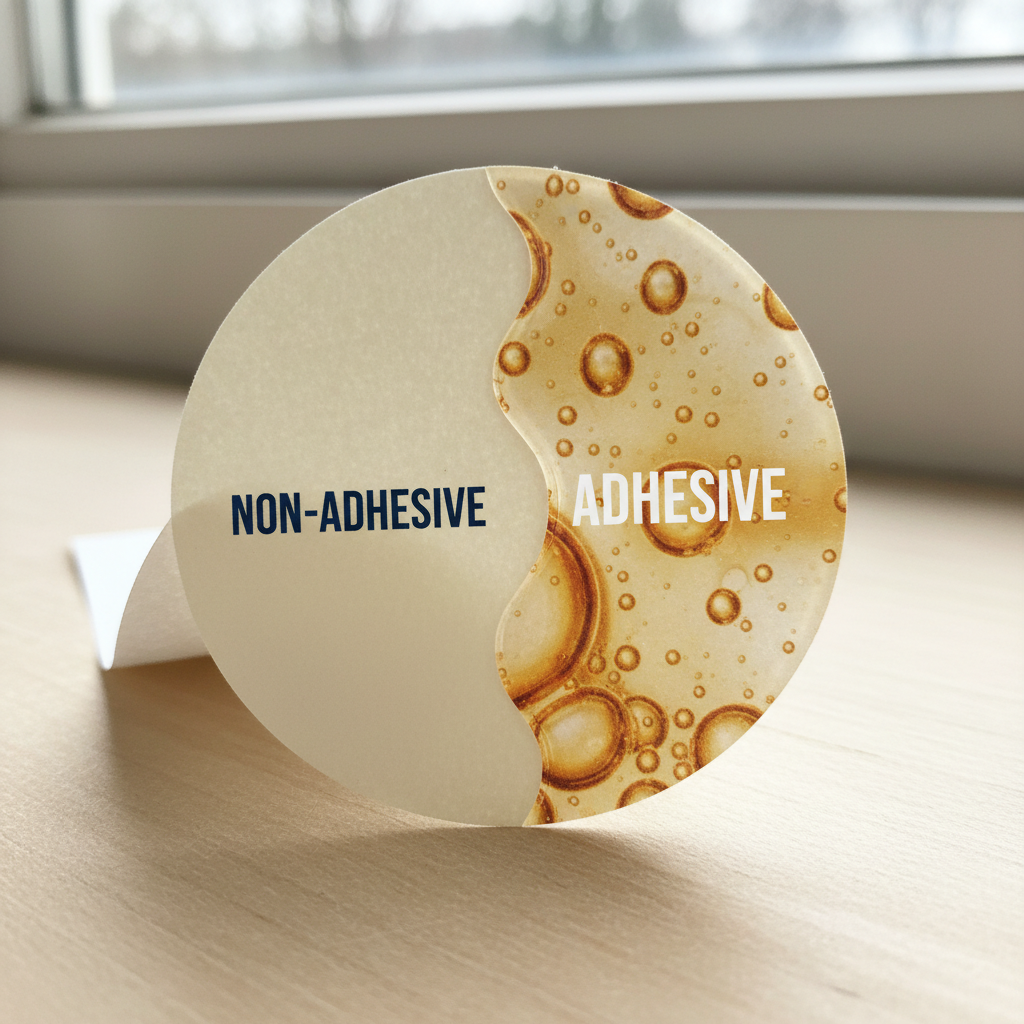Production Principles and Applications of Flame-Retardant Foam

Introduction: The Critical Role of Flame-Retardant Foam in Industrial Manufacturing
As industrial sectors demand higher safety standards and reliability, flame-retardant foam has become a key material in automotive, electronics, construction, medical, and other fields. Boasting superior cushioning and support, this foam also offers crucial flame-retardant properties that significantly reduce fire hazards. This article explores the production principles, technical details, and industrial value of flame-retardant foam.

1. Fundamental Principles of Flame-Retardant Foam
Flame-retardant foam is engineered by incorporating specialized flame-retardant additives into standard foam materials or utilizing inherently flame-resistant polymers. These methods slow down combustion or even enable self-extinguishing behavior, thereby hindering flame spread in case of fire or high heat. The main approaches include:
- Additive Flame Retardancy: Flame-retardant agents—such as phosphorus, halogen, or nitrogen compounds—are blended into polyurethane or polyethylene foam. These agents generate non-flammable gases, form protective char layers, or absorb heat during decomposition to block flame propagation when exposed to fire.
- Structural Flame Retardancy: Modifying the chemical structure of the foam itself (e.g., using inherently flame-resistant silicone rubber or fluorinated materials) provides high flame resistance without the need for extra additives.
Achieving optimal flame-retardant performance requires precise control over the type and proportion of additives, homogeneity during mixing, and the foaming process parameters to ensure compliance with both safety and mechanical standards.
2. Real-World Industrial Application Example
In electric vehicle battery pack sealing systems, flame-retardant foam is used for sealing, shock absorption, and thermal management. When a fire or short circuit occurs, the foam effectively delays flame spread, giving critical time for emergency response and enhancing the overall safety of the vehicle.
3. Distinct Advantages and Differentiation of Flame-Retardant Foam
Compared to conventional foam, flame-retardant foam offers not only flexibility and resilient cushioning but also compliance with increasingly stringent fire safety standards. With years of expertise in advanced materials, our company utilizes environmentally-friendly, high-efficiency flame-retardant formulations and strict production control to provide cost-effective, customizable solutions—helping clients minimize safety risks and comply with modern regulations.
Conclusion: Flame-Retardant Foam Elevates Industrial Safety
As safety standards evolve, flame-retardant foam has become an essential material for product upgrades and risk management in diverse sectors. Leveraging a professional technical team and a legacy of innovation, our company consistently delivers high-performance flame-retardant foam products and technical support—making us your reliable partner in industrial safety solutions.



